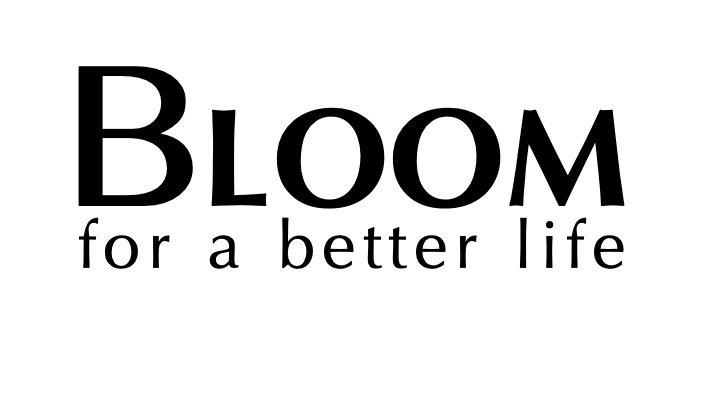
The Problem
Several communities disproportionately experience economic insecurity because of confounding obstacles to thriving in the formal workforce.
BLOOM serves 5 communities that often overlap:
Youth timing out of foster care
Those in recovery from addiction
Veterans still keen but usually unwelcome to contribute
Seniors still keen but usually unwelcome to contribute
LGBTQI+ people
Obstacles
Sadly, some stigma persists and erodes human dignity. However, our extensive research has identified the other obstacles in the path of these communities, so BLOOM methodically addresses each one:
Lack of demonstrated marketable skills
Non-linear or fragmented/interrupted track record
Market shift to impersonal / online recruitment
Trauma and insufficient social coping skills
Lack of mainstream work etiquette
Those in recovery from addiction
Failure to secure and maintain good employment is a major cause of relapse, with the individuals and their families suffering while the society at large misses out on skilled workforce.
“People recovering from addiction face an unemployment rate three times higher than the average rate” (Recovery Research Institute at Massachusetts General Hospital).
More than 23 million adults—or 10 percent of American adults in 2012—identified as being in recovery from drug or alcohol abuse. Fear of stigma and concerns about the stress of new employment is common among adults in early recovery who are seeking to re-enter the workforce.
Research indicates that participants who were assigned to and remained active in a program that helped them find a job, keep it, and then find a better job, showed better outcomes in recovery — less substance use and less criminal activity — than those who received less or no career assistance¹.
Reference: Employment and Work Among Drug Court Clients: 12-Month Outcomes (Duvall, Webster, Leukefeld)
Youth aging out of foster care
Youth aging out of foster care are immensely vulnerable: they earn significantly less than any other youth group, with mean wages falling way below the poverty line.
“About 23% of youth aging out of foster homes in California had no earnings during the four quarters prior to their eighteenth birthday and 8 quarters after” (ASPE).
Rates of employment for working youth who age out of foster care decline after age 19.
33% of foster youths in California never connect with the workplace. These youth have very low probabilities of employment and hardly any earnings at any time between ages 18 and 24 or prior to age 18¹.
2-4 years after leaving the system, only 38% of former foster youth have stayed employed and only 48% have a full-time job²
At age 24, youth earn a national average of $1,535 per month, which is more than double the average $700 per month earned by working youth who age out of foster care in California.
African Americans youth are significantly less likely to achieve four consecutive quarters of employment than non-Hispanic white youth who age out of foster care.
References: Coming of Age: Employment Outcomes for Youth Who Age Out of Foster Care Through Their Middle Twenties (ASPE) and Finding employment for youth who age out of foster care (fostering perspectives).
Seniors still keen but unwelcome to contribute
Seniors are routinely overlooked in the job market, both stripping younger workers of valuable mentorship and compounding the senior’s isolation, financial stress and associated health risks.
60% + workers aged 55 to 64 feel their identity as seniors negatively impacted their future job prospects. (Forbes)
Older workers have seen or experienced age discrimination in the workplace (AARP)
“More than half of older workers are prematurely pushed out of longtime jobs and 90% of them never earn as much again” (AARP)
Seniors receive the lowest callback rates for jobs of any age group with older women receiving 47% fewer callbacks for administrative jobs than younger women.
Many skills-training programs focus on technology and are geared towards younger job seekers.
Veterans still keen but unwelcome to contribute
Veterans bring to the table a stellar work ethic and exceptional skills in self-improvement and working as a team. However, cultural differences – and frequent failure to see how years of military service translate into work experience – see too many veterans struggling to fit in and find respect and meaningful work, unfairly leaving them vulnerable to depression, substance abuse, behavioral problems, and more.
4.4% (nearly a half of the 9.7%) of the population classified as unemployed nationally are veterans. (US bureau of labor statistics)
Veterans in extended unemployment tend to experience physical, emotional, and financial decline, with depression and suicide as the two most prominent health related effects.
Being able to adapt, including securing and keeping work, influences veterans’ reintegration process.
An examination of military-personnel reintegration found that investment in dispositional factors (e.g., resilience, self-esteem, cultural intelligence, self-efficacy, work ability, job satisfaction, social capital) helped veterans in their job search¹
Reference: Factors in the transition of career military personnel to the civilian workforce.
LGBTQI+ people
The confronting reality of disadvantage that compounds with every setback.
21% LGBTQI+ employees have been discriminated against in hiring, promotions and pay.
“LGBT females in CA are doing worse than their male counterparts on socioeconomic indicators such as income and whether they have enough money for healthcare.” (The Williams Institute)
Transgender folk and people of color veer the worst.
86,800 LGBTQI+ in the Bay Area earn less than $24K/yr.
Bay Area’s growing economic disparity is further and disproportionately alienating LGBTQI+ community.
LGBTQ community members are more likely to feel unsafe in at least 2 facets of life, such as in their neighborhood, at work or school, on public transit, or interacting with law enforcement.
